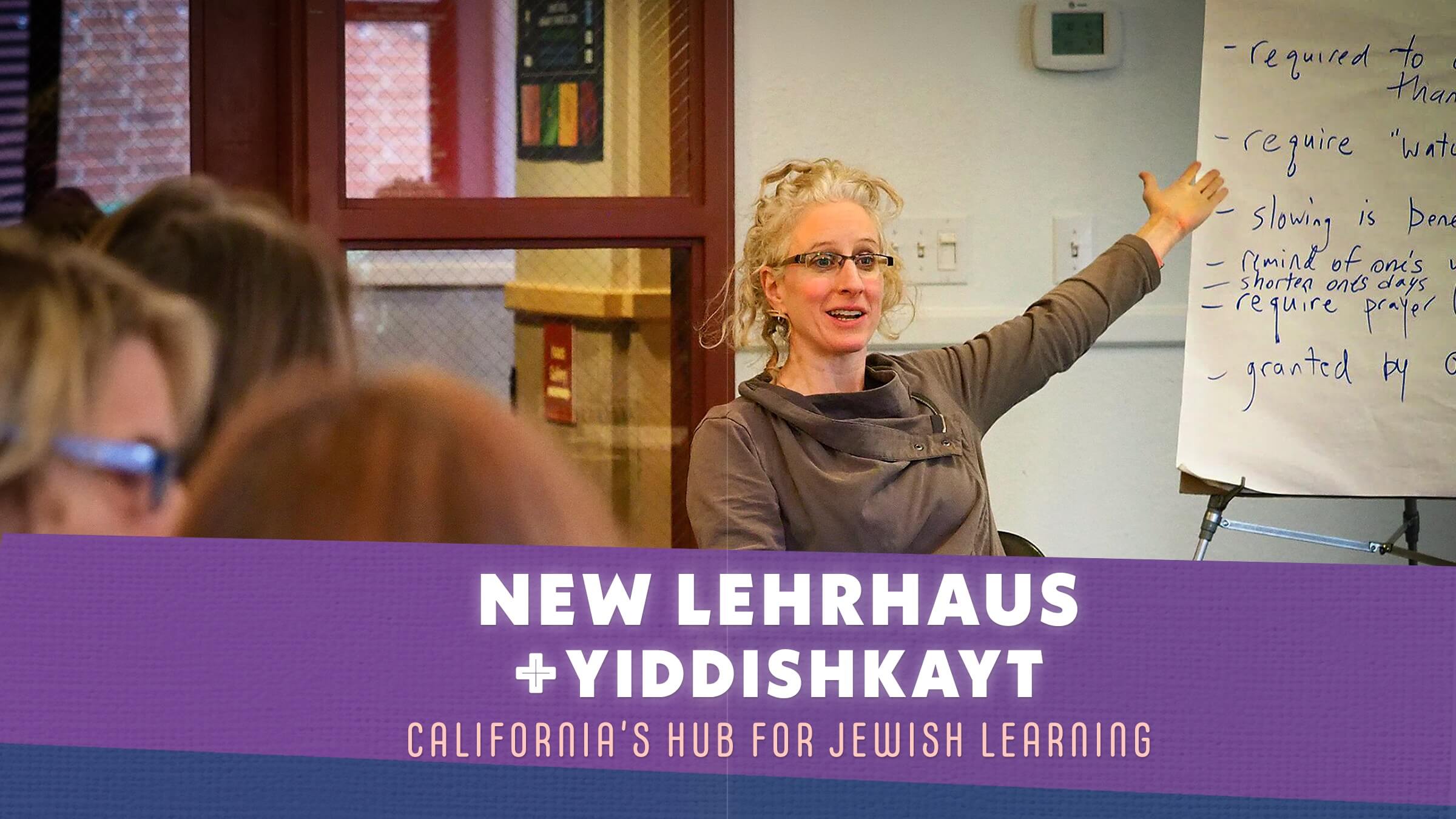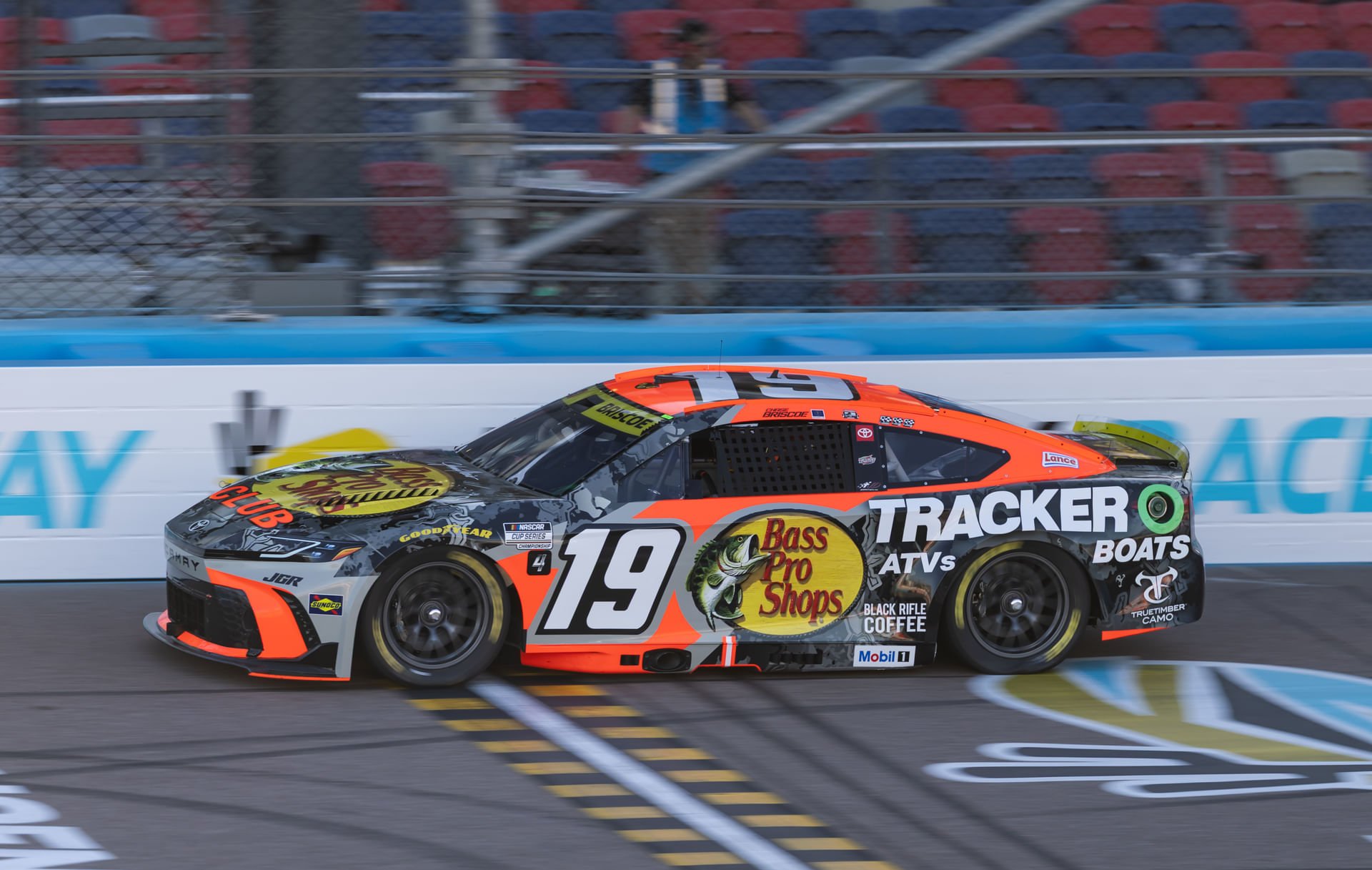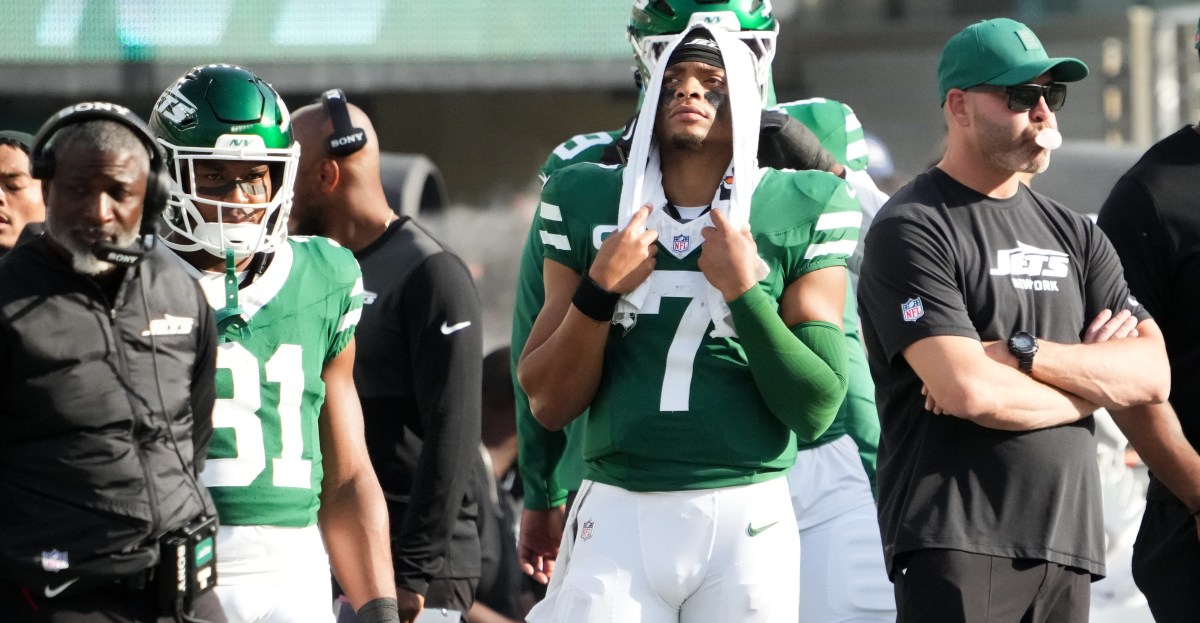For most Jewish institutions, “partnership” might mean a shared event or a guest lecture. But for Yiddishkayt LA and the Bay Area’s New Lehrhaus two organizations separated by 370 miles and decades of distinct histories this merger represents something far bolder. They are fusing identities, communities and visions of what West Coast Jewish culture can become. Rob Adler Peckerar, formerly a key figure at Yiddishkayt LA, has now been appointed director of New Lehrhaus. In an interview he said that the merger strengthens both institutions rather than diluting either one. Aaron Paley, the founder of Yiddishkayt LA, agrees. “We’re not amplifying one approach at the expense of the other; we’re amplifying both,” he said, adding that he first encountered the Lehrhaus tradition as a UC Berkeley student in the 1970s. The merger, he added, “immediately felt like a homecoming.” Officially launched November 1, the merger wasn’t born of crisis. It grew from two organizations with parallel instincts: Yiddishkayt LA’s eclectic cultural programming and New Lehrhaus’s commitment to text, dialogue, and community learning. A celebration but not without concerns But some Yiddish fans are concerned about the merger. “We’re 114 neighborhoods in a trench coat pretending to be a cohesive city,” said Aaron Castillo-White, director of the Yiddish culture organization Kultur Mercado and a former member of the Forward’s development staff. “Yiddishkayt LA was one of the few forces stitching its Yiddish community together.” Now that it will no longer be a separate institution, he’s worried that the “already fragile cohesion” might suffer even more. The question is: If Yiddishkayt LA becomes absorbed into New Lehrhaus’s broader educational framework, what will happen to LA’s uniquely local Yiddish culture the concerts, neighborhood pop-ups, cross-art collaborations, and street-level programming? They may not easily transplant into a text-centered institution. But Adler Peckerar isn’t worried, noting that, in recent years, newer groups like Der Nister and Kultur Mercado have already begun organizing on-the-ground Yiddish programming. Yiddishkayt LA, on the other hand, had moved away from local, place-based events toward livestreamed programs, online archives, virtual learning and broader national audiences who would never attend in-person Los Angeles events. To understand the stakes, it’s important to understand who these two merging organizations are. Two genealogies, one experiment Yiddishkayt LA, founded by Paley in the 1990s, helped define a distinct West Coast model of Yiddish culture: contemporary, experimental and rooted in doikayt “being present” in one’s milieu. Its Helix Fellowship shaped young artists who saw Jewish culture not as nostalgia, but as creative raw material. New Lehrhaus, launched in 2021 by Rachel and David Biale, has different roots: In the early 20th century, the Jewish philosopher Franz Rosenzweig founded an informal educational institution in Frankfurt, Germany, called Lehrhaus, that brought assimilated German Jews into engaging Judaic study without demanding any background knowledge or religious observance. In the new incarnation, based in the Bay Area, the New Lehrhaus became a home for Jews seeking text and dialogue across denominations and backgrounds. Last year, after Rachel Biale stepped down as director of the New Lehrhaus, the incoming director, Adler Peckerar, saw the joining of forces as a natural evolution. “Merging two strong organizations isn’t about defeat or one absorbing the other,” he said. “It’s strategic thinking about how to build something that can weather today’s volatile nonprofit landscape.” But that innovation also sharpens Castillo-White’s concern: What disappears when two distinct ecosystems become one? Diverging visions of the merger’s impact Castillo-White described Yiddishkayt as “one of the only cultural bridges” in Los Angeles. He worries that a merger, even one made in good faith, could dilute that hyper-local energy. Adler Peckerar disagrees. Unlike Castillo-White, he argued the merger will expand not shrink opportunities for Yiddish. “We’re broadening the ecosystem,” he said. Biale framed the merger around a larger question facing Jewish institutions: How do they stay relevant without losing depth? She believes that the merger could bring Yiddishkayt LA fans into a much larger orbit of learning, featuring sessions with scholars like the University of Toronto professor Naomi Seidman who writes about the relationship between Judaism, literature, gender studies, translation studies and sexuality. The new organization plans to dive into an eclectic range of fields in contemporary culture physics, poetry, Leonard Cohen as a doorway into Jewish texts. Adler Peckerar believes this approach could make Jewish learning feel relevant for Jews who may otherwise have little or no connection to Jewish learning. They’re also planning intimate reading circles on radical Jewish thinkers such as Isaac Deutscher, Rosa Luxemburg and Gustav Landauer; classes on endangered Jewish languages and Hasidic history and experimental Yiddish theater and new one-act plays. What remains to be seen is how the new Lehrhaus-Yiddishkayt will balance its broadened reach with the local energies that shaped each institution. Many in the community will be watching to see which parts of the old ecosystems endure, and what new forms of Yiddish culture might emerge.
https://forward.com/yiddish-world/785092/yiddishkayt-la-new-lehrhaus-merge-the-bay-san-francisco/
Yiddishkayt LA and New Lehrhaus merge — but is this good for Yiddish?


